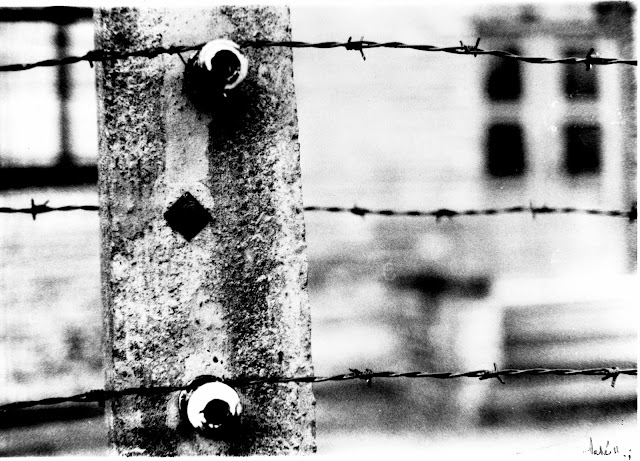A week ago, a friend and professor of public health
sent me a note after reading my essay on “Elegance and Harmony”1. He
suggested that the third dimension could have been “Dignity” since I was
discussing harmony as a state of health. He further stressed that there is
growing evidence that, for populations living in zones of conflict and economic
distress, the feeling of dignity is correlated with their state of health, in a
direct way.
To learn more about the moral and philosophical
dimensions of dignity, I got hold of a well respected book by Michael Rosen
entitled “Dignity: Its History and Meaning”2. I am halfway through
its reading while our world seems to have become more dangerous with the downing
of the Malaysian Airline’s MH 17. I have been following the news like anyone
else, and today I learned that there has been theft at the crash site, such as
taking a wedding ring found on the site. And as I watched the somber procession
of funeral hearse cars in Eindhoven, the reporters kept using the term “dignity”
for how the Dutch were treating the victims of the downed Malaysian airline.
And, suddenly a number of events from my own
experiences came out of hiding in my memory compartments and forgotten
brain-files to help me understand dignity in perhaps a more tangible way.
… It was in the late 1990 when I started a project
with the Isala Kliniken hospital in Zwolle, the Netherlands. It is a bucolic town
an hour north of Eindhoven and the drive through the countryside perfectly
inviting. During my meetings with the hospital staff, their dedication for
respecting patient dignity was frequently mentioned. “Dignity is part of quality and healing” I was
told.
One evening, the medical director noticing my
interest in learning more about the relationship of quality of care and
dignity, explained it as such:
“Dignity is
not for the living alone, but also for the memory of the deceased. See, here in
Zwolle we have the only company in the world where precious metals, and hip and
knee implants are collected from crematoria and recycled. In other countries
they either bury the deceased with these or collect and sell these metals by
separating them from the ashes. In fact, German law does not consider taking
cold fillings and gold crowns stealing, because according to the law, they do
not belong to anybody anymore after cremation. Here, OrthoMetals collects the
gold, steel and titanium, recycles them, and sells them. But all proceeds go to
charity. In some way, it is the dignity of the deceased that is celebrated by
helping others with the proceeds.”
… As I watched the funeral hearse cars in Eindhoven,
listened to the story of wedding rings stolen at the crash site and thought more
about and the correlation between dignity and health, the definition of
post-mortem dignity became even more intriguing. There is a moral arc that bends differently
with the times. But it always bends. We often think of dignity when it lacks,
such as when people do not receive the respect, are not treated with dignity,
or are humiliated and hence all dignity taken from them.
But how do we define dignity when it exists, rather
than when it lacks?
Rosen has an ingenious formulation in his book. He
proposes that there is a gap between respect for rights, and a "right to
respect”. Specifically, his thesis is that
the respect for rights is what we commonly associate dignity to mean; while the
right to respect is a societal morality. Well, at least that is how I
understood it. If correct, then how do we acquire that “right to respect”?
It cannot be by force or by fiat. Could it be a human duty toward other humans as
proposed by Kant? Or is it a manifestation of human consciousness as Aristotle
stated "Dignity consists not in possessing honors, but in the
consciousness that we deserve them."
… When a human body is cremated in a crematorium or
after a crashed airline, how would a wedding ring found in the crash site teach
us about dignity?
1http://vahezen.blogspot.com/2014/06/elegance-and-harmony.html
2Michael Rosen, Dignity: Its
History and Meaning, Harvard University Press, 2012, 176 pp.
July 24, 2014
© Vahé A. Kazandjian, 2014
I took this picture in Auschwitz, Poland.

No comments:
Post a Comment